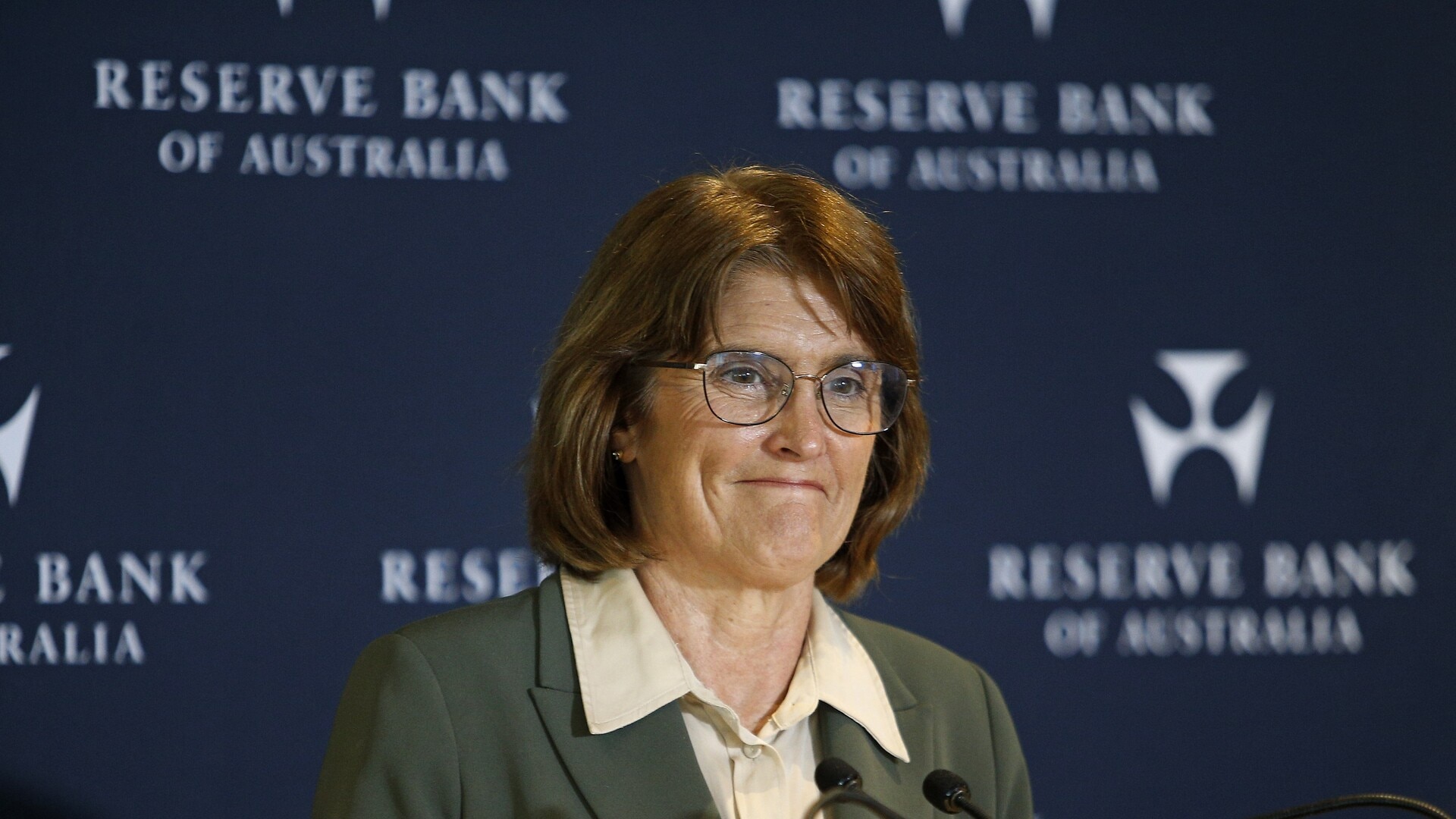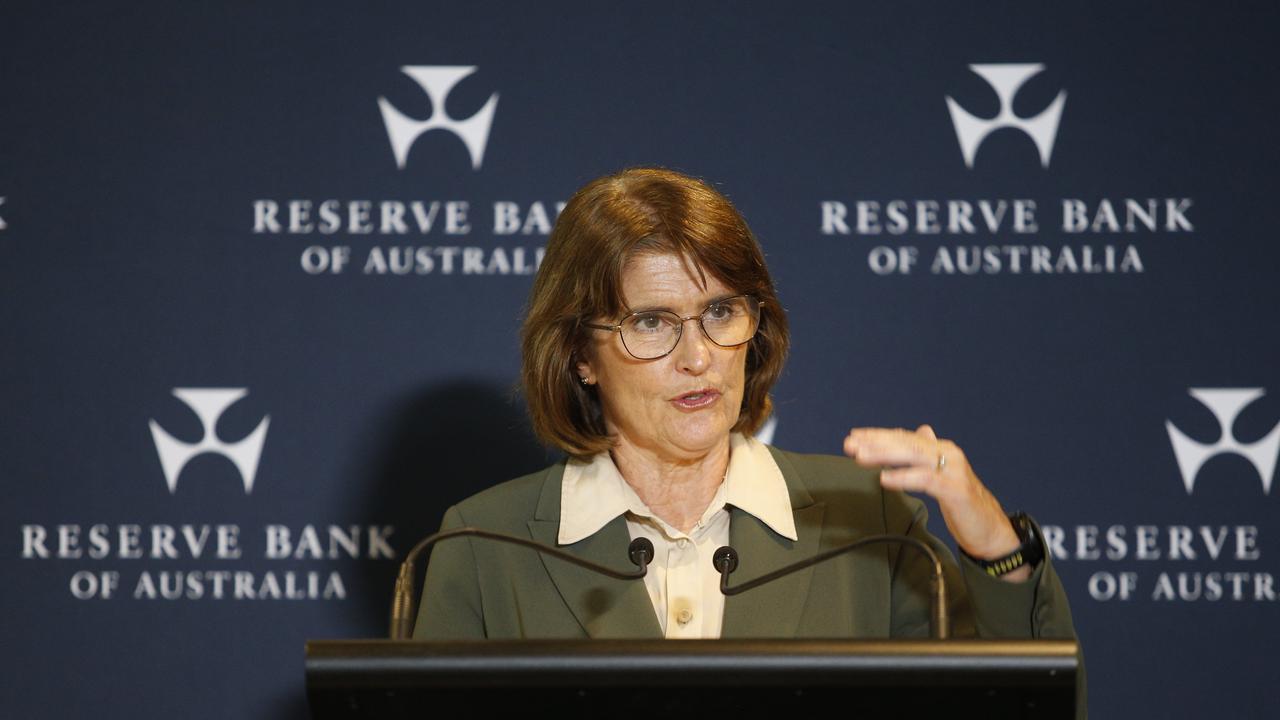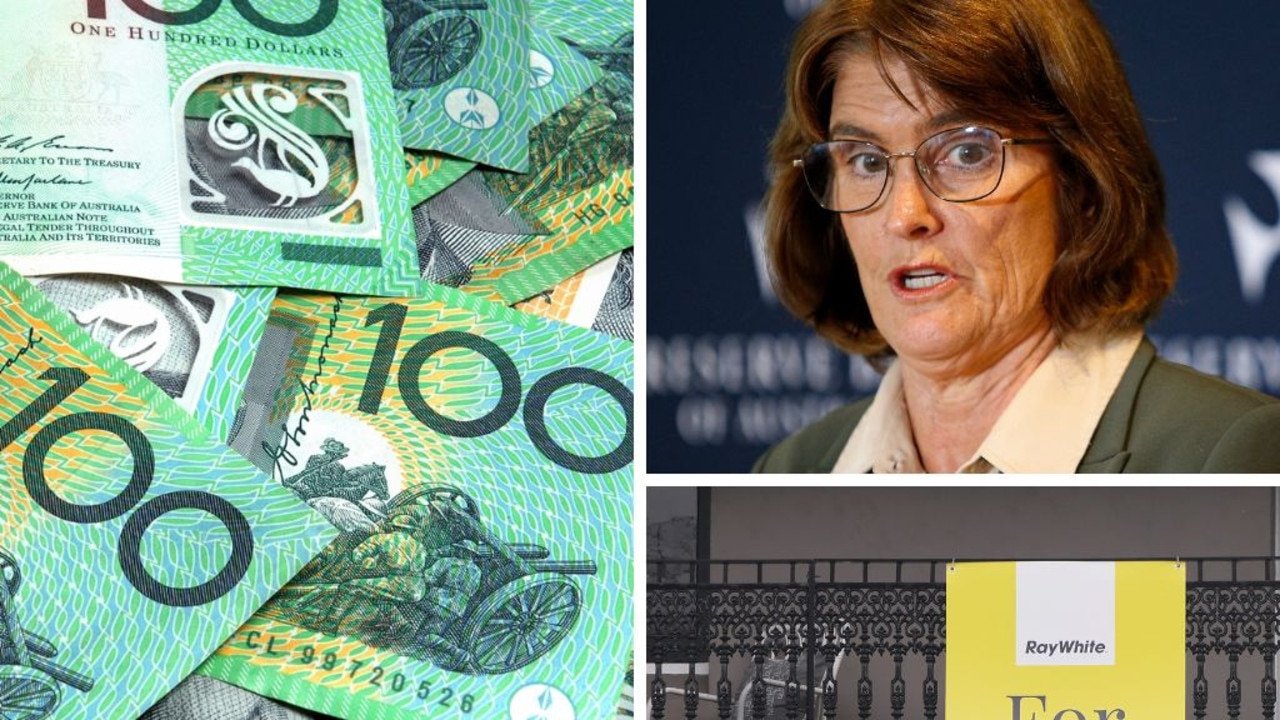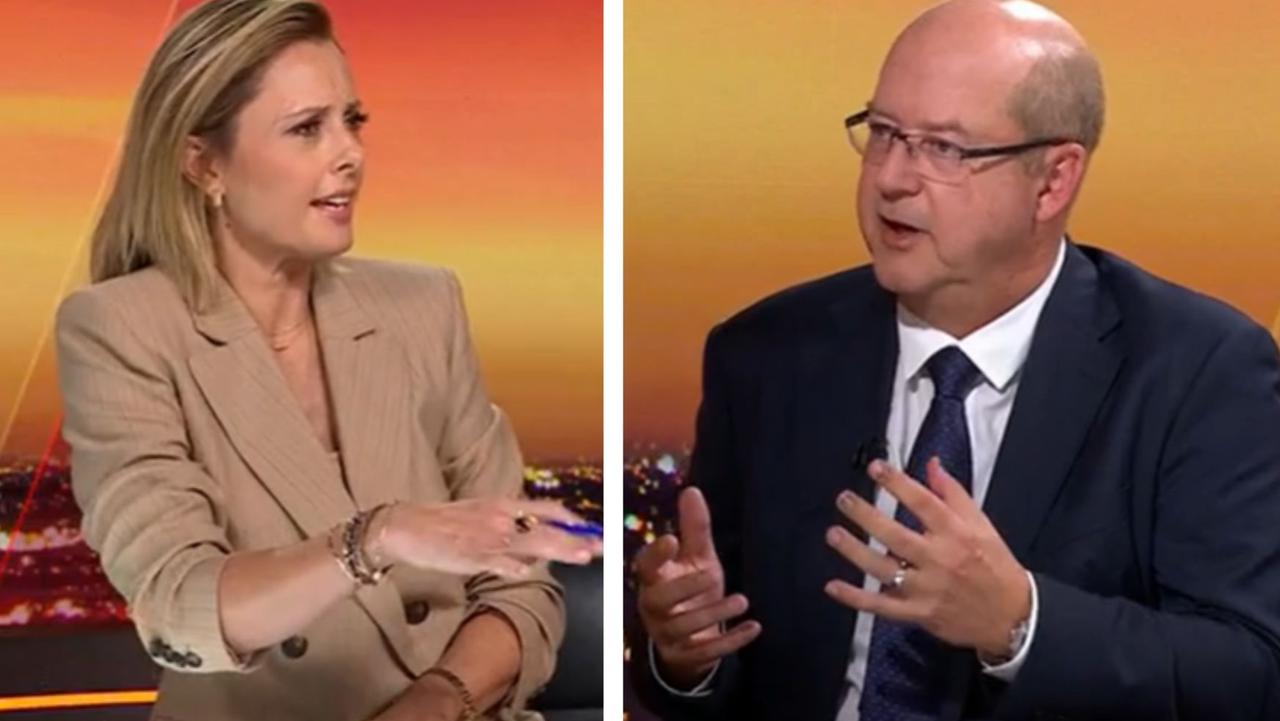Why mortgage holders might have to wait a little longer to get rate relief
The Reserve Bank of Australia has switched things up, meaning eager homeowners will have to wait a little longer to find out if they will get another rate cut.

Interest Rates
Don't miss out on the headlines from Interest Rates. Followed categories will be added to My News.
Australians have welcomed the Reserve Bank’s decision to cut interest rates for the first time in years, but will have to wait slightly longer to find out whether another is on the way.
Changes to the central bank’s meeting schedule - which were announced in 2023 but came into effect in 2024 - sees it meeting eight times a year or every six weeks, instead of the traditional first Tuesday of every month.
Since last year, the RBA has made decisions on whether to hike, pause or cut Australia’s cash rates only eight times a year.
What were formerly only hours-long meetings are now a two-day affair, with the RBA still announcing the decision on a Tuesday at 2.30pm, followed by a press conference.
This is the RBA meetings schedule for 2025:
•February 17-18
•March 31-April 1
•May 19-20
•July 7 -8
•August 11-12
•September 29 -30
•November 3-4
•December 8-9

In 2025, the RBA will not announce a policy change in March, June or October.
The meetings used to go for a few hours in the morning of the Tuesday of every month (except January).
What does the change mean for your home loan?
In theory, fewer meetings could be bad for homeowners as it gives fewer opportunities to slash the cash rate.
The central bank says they are meeting less often to provide more stability when it comes to prices.
The Board cut rates by 25 basis points on Tuesday from 4.35 per cent to 4.10 per cent.
The big banks quickly followed suit and announced they would all cut their home loan rates by 0.25 per cent.
Either way, the RBA is not promising a rate cut when it meets in April.

The Reserve Bank delivered a much-needed interest rate cut to distressed mortgage holders, but governor Michele Bullock has warned under-the-pump Aussies will need to “be patient”, with the fight against inflation far from over.
Ms Bullock issued the stark warning following a question from NewsWire, where she acknowledged she had received letters from struggling homeowners suffering through an extended period of crippling interest rate rises.
“I understand you are hurting, and I understand mortgage rates have increased a lot … but we need to get inflation down because that is the other thing that is really hurting you,” she said.
“If we don’t get inflation down, interest rates won’t come down, and you’ll be stuck with inflation and high interest rates.
“So, we have to be patient. I understand it hurts. But it’s really important that we get inflation down.”
Ms Bullock’s calls for patience embodied the central themes of her remarks following the rate cut announcement at 2.30pm.

How low will interest rates go?
Even though homeowners are being urged to be patient, rate cuts are still coming with the money markets and the RBA predicting another 90 points of reductions by early 2026.
In the RBA statement of monetary policy given out prior to the meeting, forecasts show the central bank is tipping further rate relief. This analysis is done prior to the meeting starting and is based on market expectations.
“Market participants now see a very high likelihood of a reduction in the cash rate of 25 basis points at this meeting, following lower-than-expected trimmed mean inflation in the December quarter,” it said.
“Participants also anticipate two further rate cuts in 2025 and another one in early 2026.”
The forecast comes off the back of the ABS December quarter data with trimmed mean inflation coming in at 3.2 per cent, far lower than the 3.4 per cent assumption made by the RBA in November.
In total the forecasts are conditioned on market expectations of a cumulative 90 basis point easing in the cash rate over the forecasted period, with the first 75 basis points of cuts estimated to happen in 2025.
This would bring the official cash rate from 4.35 per cent to 3.45 per cent.
Originally published as Why mortgage holders might have to wait a little longer to get rate relief








